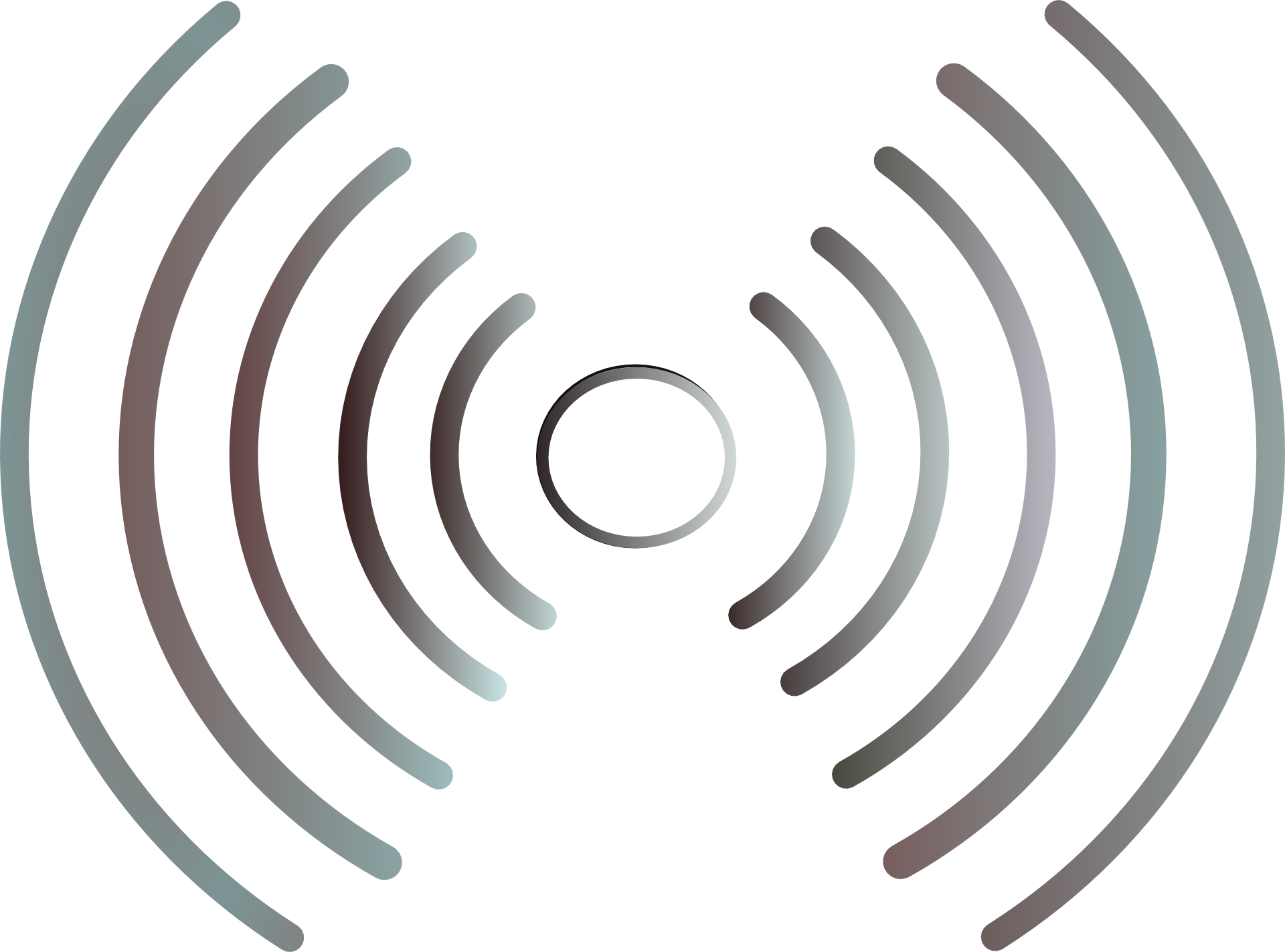Heinrich Hertz discovered radio waves in the late 1880s. He proved their existence using two spark gaps. The spark gap attached to an induction coil served as the transmitter while the other on an antenna was the receiver.
It was the first setup using radio waves. However, it had no real-world purpose at the time. Today, we have a wide array of transmitters and receivers for various purposes, such as the RDDi transmitter.
What is RDDi? To better understand the concept, take a broad look at transmitters. Read on and learn about transmitters and their functions.
What is an RDDi Transmitter?
The purpose of a transmitter is to transfer signals. These contain various types of information, like audio, video, or data. In Horizontal Directional Drilling (HDD), the transmitter emits a magnetic field.
These signals are all around us, coming from different sources. For example, there are radio waves from AM and FM radio broadcasts, satellite TV transmissions, GPS signals, police radios, and more.
It is the reason modern radios use continuous sine waves. Each transmitted signal uses a different frequency to separate itself from others.
The transmitter encodes the information onto a sine wave. It then launches the data with radio waves. These reach a radio detector, processing the information contained in the signal.
How a Transmitter Works
Transmitters work through a series of steps with different components. A transmitter for tracking, for example, uses various parts compared to a radio station.
The power supply gives electrical signals to the transmitter. The electrical charge is hazardous, especially when you get too close to a powerful transmitter.
For sonde transmitters, the most common power source is CC batteries. Some use a cable inside the drill pipes instead.
A frequency transmitter uses an oscillator to generate the sine wave or the carrier wave. It creates an alternating current at the frequency of transmission.
If a transmitter has a multiple channel capability, the user can adjust the frequency. Transmitters for drilling either use single or multiple radio frequencies.
A radio transmitter has a modulator, adding information to the carrier signal using AM or FM. After the signal modulation, it goes through the amplifier to increase the power.
Its job is to amplify the waves to a sufficient level for the necessary transmission distance. The more powerful the amplifier is, the broader its broadcast distance.
For example, the power of a transmitter for a large radio station is at 50,000 watts since the Federal Radio Commission set this limit. Supplying more power allows a radio station to reach farther distances. Its reach is up to 10,000 km at 1 kilohertz.
An RDDi transmitter for tracking does not need the same amount of power. In most cases, 40 feet is enough distance for the transmitter.
Regardless, the amplifier sends the signal to the antenna. It radiates the waves into the atmosphere.
In drilling, magnetic antennas produce a strong near-field yet a little far-field. Electric antennas generate stronger electric near-field.
Why is an RDDi Transmitter Important?
Operators use a transmitter for tracking and guiding the Horizontal Directional Drilling. It emits signals, allowing operators to locate cable and pipes, determine the drill depth, and so on. It can also send information like the roll, pitch, tilt, location, and temperature.
These bits of information guide the drill underground while the team is on the surface. The locator operator walks with a handheld receiver unit to collect the transmitted data. It sends the information to the drill rig operator.
With this information, they can keep the drill head in line with the pilot bore path. The driller can adjust the positioning of the drill and make shifts based on the data received. As a result, the drill head exits at the predesignated point.
Accuracy is the primary benefit of a locating system. It also allows for a faster process. After all, planning takes up more time than digging.
Aside from these, a sonde transmitter also sends information about itself through an internal digital thermometer.
Operators must keep watch to ensure its temperature does not go beyond over 95 F. When a sonde overheats, they stop drilling and let it cool down first before resuming.
You also need to calibrate the system before each job to ensure proper operation. It affects depth estimation, so skipping calibration can lead to incorrect depth reading. However, it does not affect other information, such as roll, pitch, and temperature.
Other Parts of a Tracking System
In any setup, you also need a receiver. It is the component responsible for collecting the information from the air. After that, the receiver also interprets the data into something understandable.
Get a matching receiver to communicate with the sonde. The handler must keep the receiver within the transmitting distance. It means holding the unit near the expected location of the drill head.
The setup usually has a remote display containing the information from the transmitter. The visual interface is on the drill, allowing the operator to make decisions during operations.
To give a better idea of the operator’s appearance, imagine four squares in a crosshair. The center allows you to see a bird’s eye view of the locator with a small box in the middle. It is where you should always keep the ball.
The ball can travel to any of the squares, indicating where the drill head needs to go. For example, if the ball is on the left side, move to the right. The goal is to get the ball into the middle of the box.
Learn More About Transmitters Now
An RDDi transmitter makes the job easier. However, it takes good teamwork between the operator and driller to ensure the system works as intended.
Remember, transmitters usually break easier than other parts. Ensure you provide adequate protection. Check the housing regularly since it allows you to prolong its lifespan.
Are you looking for more valuable guides? If so, please consider reading our other posts today.
